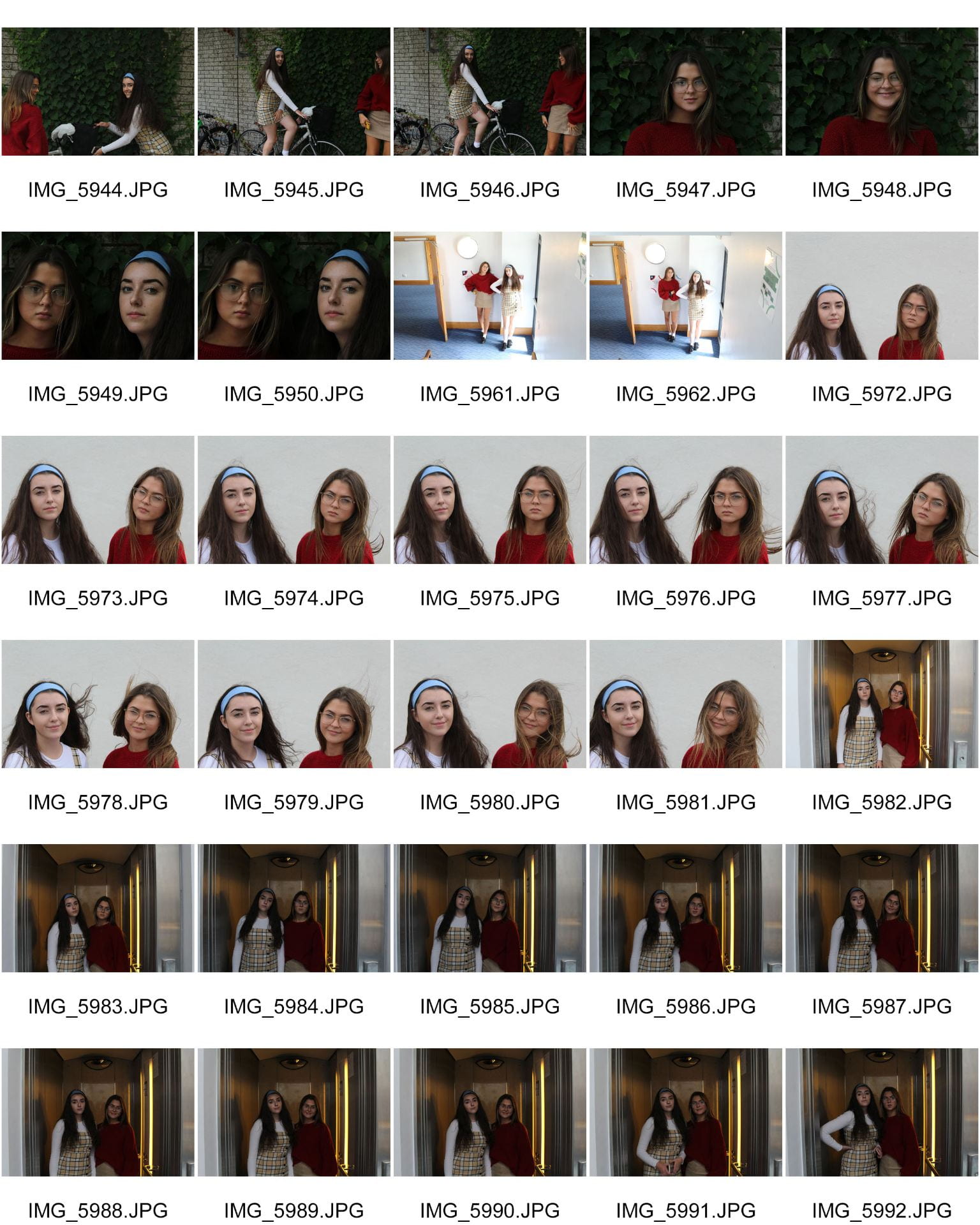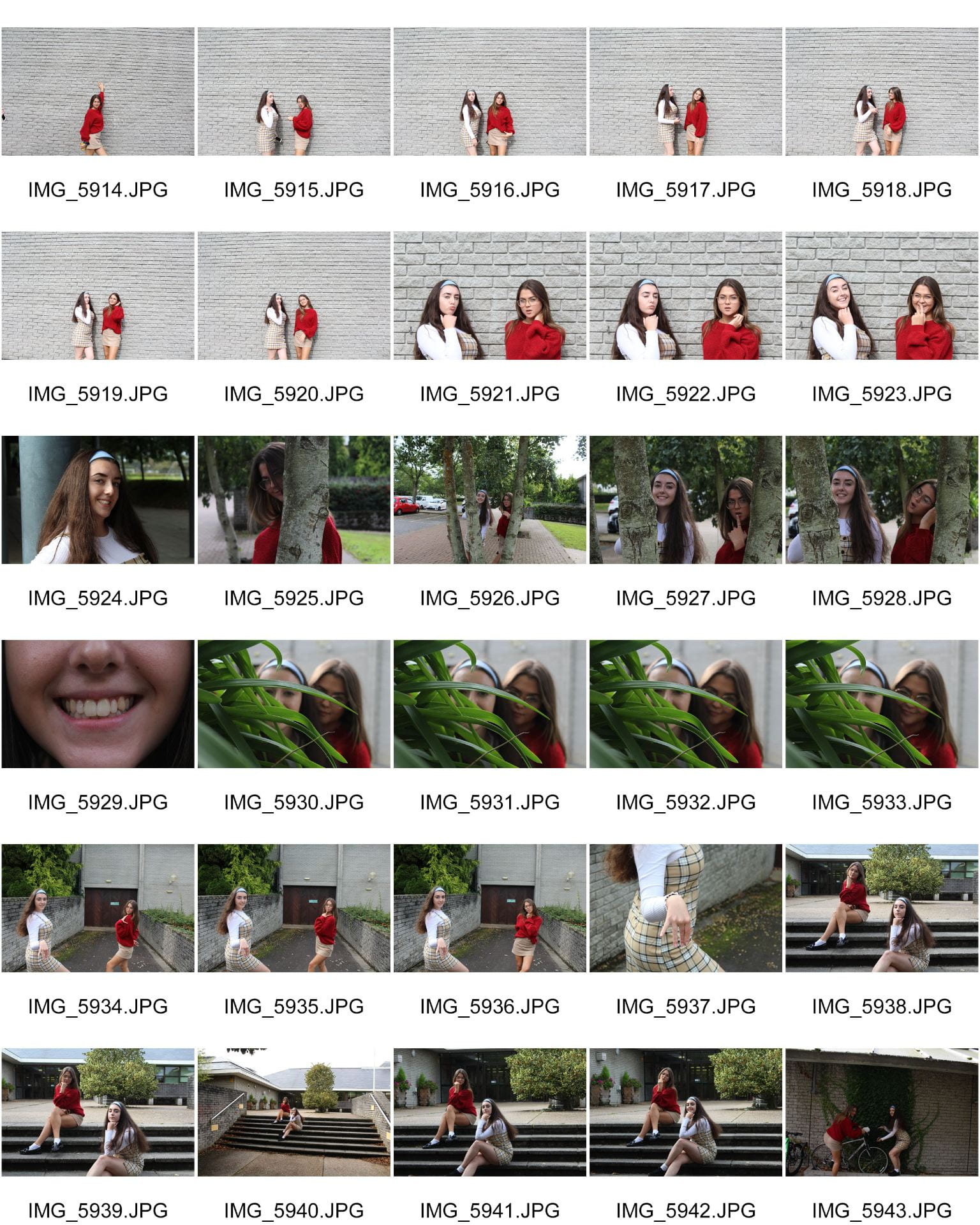Throughout the media the are many features which will show a big part in demonstrating a meaning, these are included in mis-en-scene.
- Costume
- Lighting
- Makeup and hair
- Props
- Acting
- Setting
All these features of the mis-en-scene are important factors in portraying the intended narrative in media. For example the costuming will be help indicate to the audience maybe a specific era, or a characters’ personality by what they are wearing. It is representation of a person.
The camera angle is another thing to take into consideration, either a high or low angle will give different views or intentions.
- A low camera angle maybe represent to the audience different sizes. Low angle look up so it could be a child looking up to an adult or an inspiration.
- A high camera angle can represent someone looking down on someone. A character maybe be looking down on someone with a lower social status than them, higher up in the heirarchy. It may represent superiority.
The distance between the camera and what it is trying to represent will also help to show the intended narrative in media.
- A close up shot may have the intentions of showing a specific relationship, a possible approach of how close it may be. It can also represent intimacy or how intense a situation is. It all depends on the narrative.
- A long shot is used to portray a character within its surroundings.
- Mid shots may be used to present a characters body language and also a shot where we may be able to see their emotions and other characteristics.
By having this knowledge I will be able to use it when creating my own Music Magazine and it will give me an idea in what is best to do so my intended narrative is portrayed successfully.


